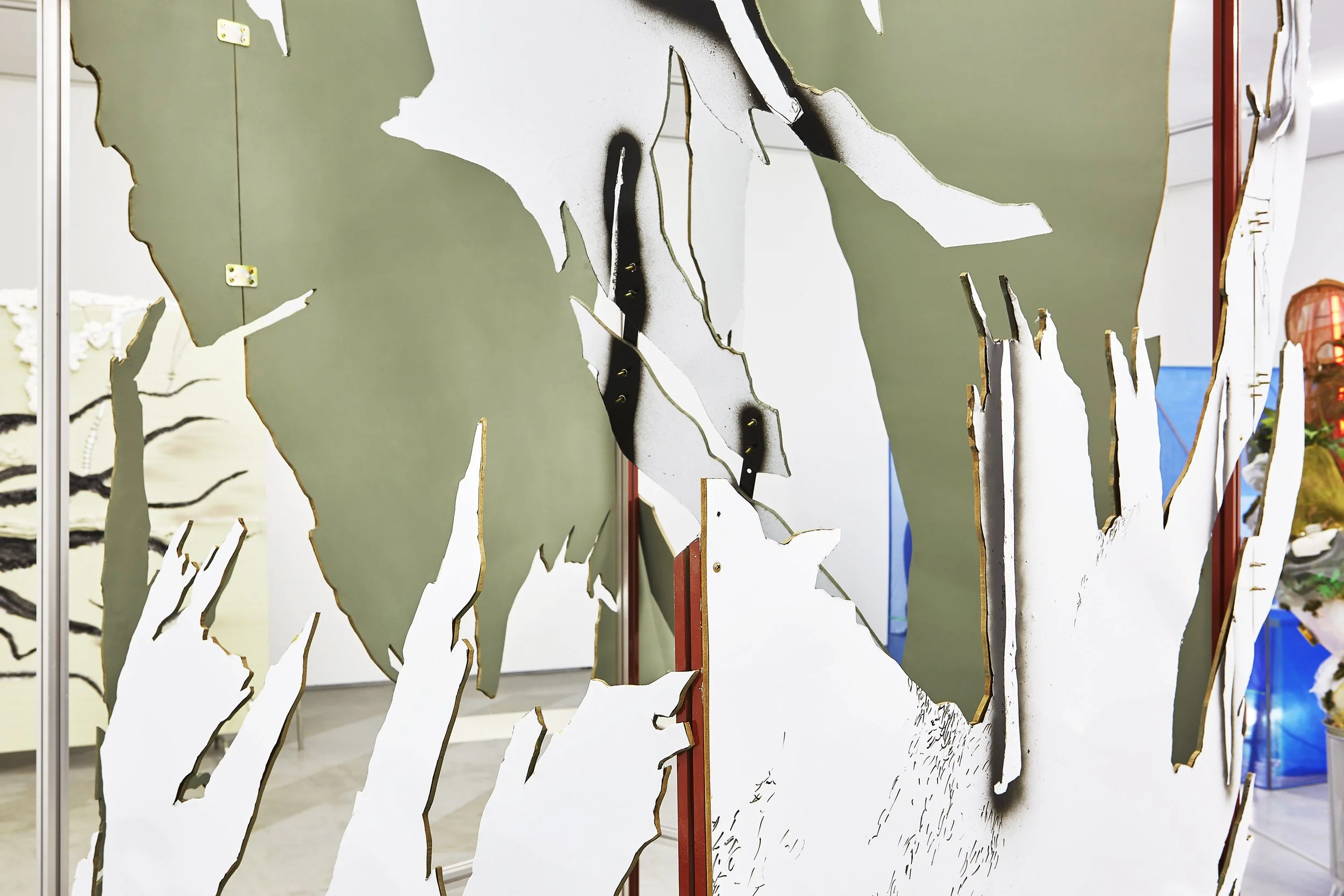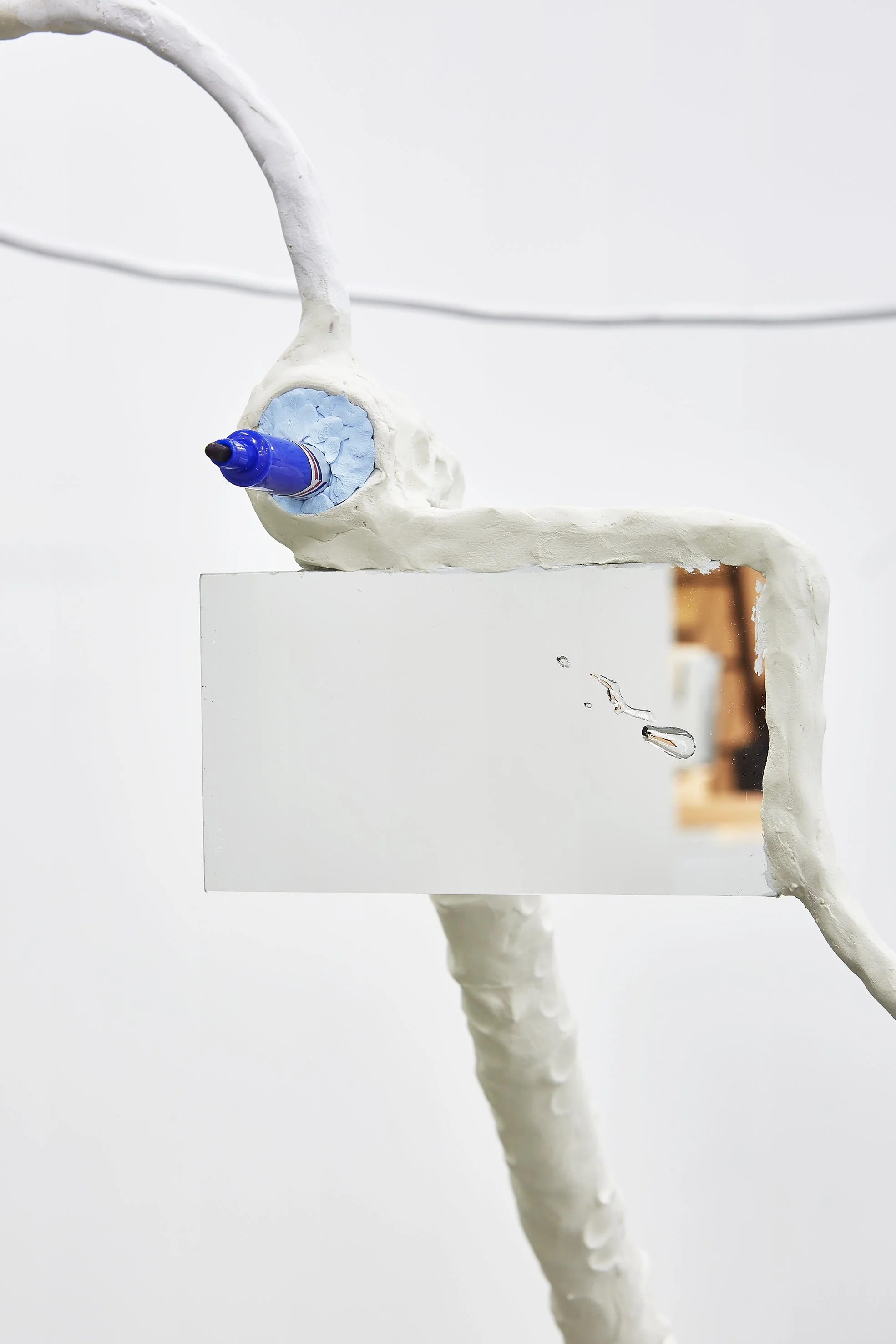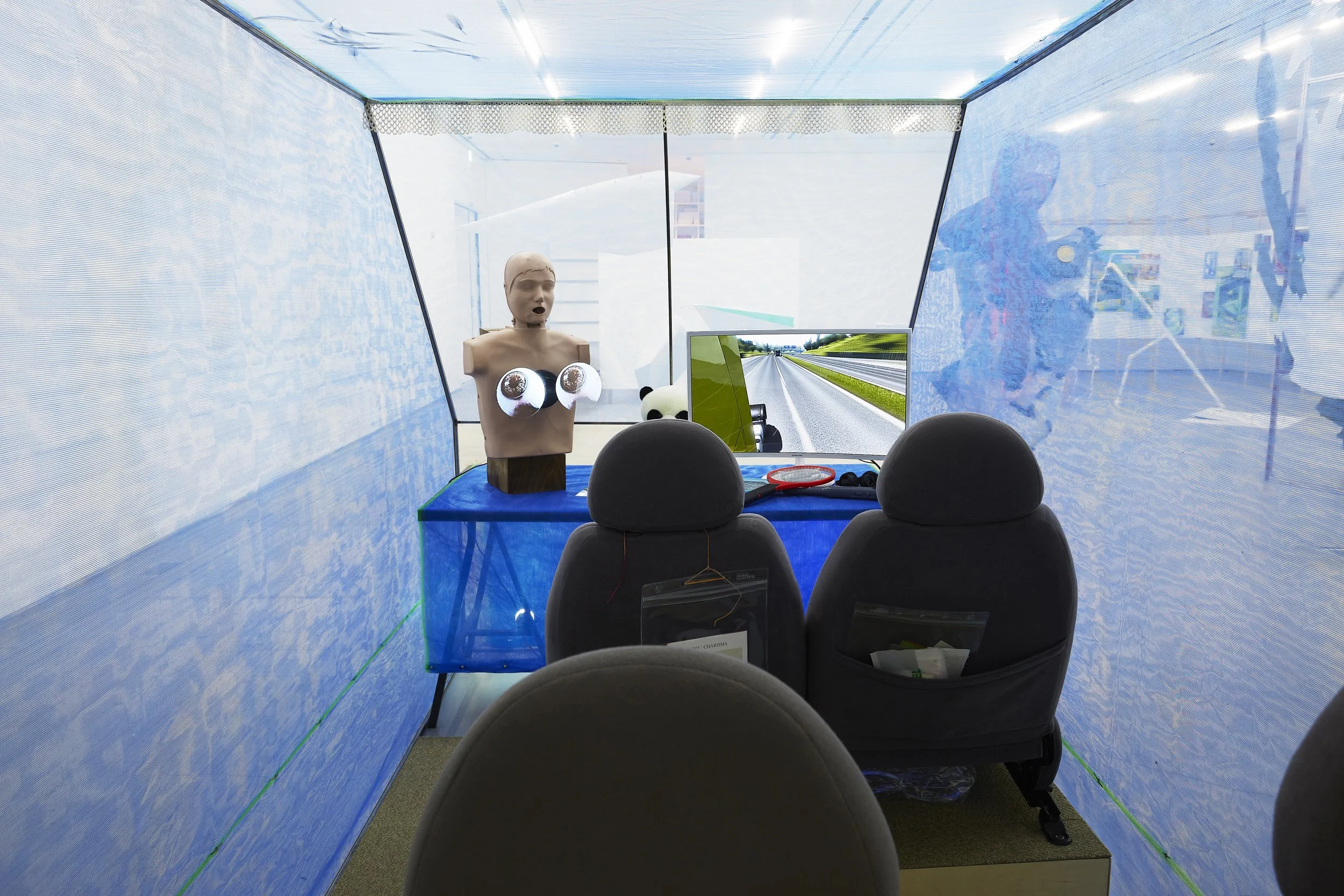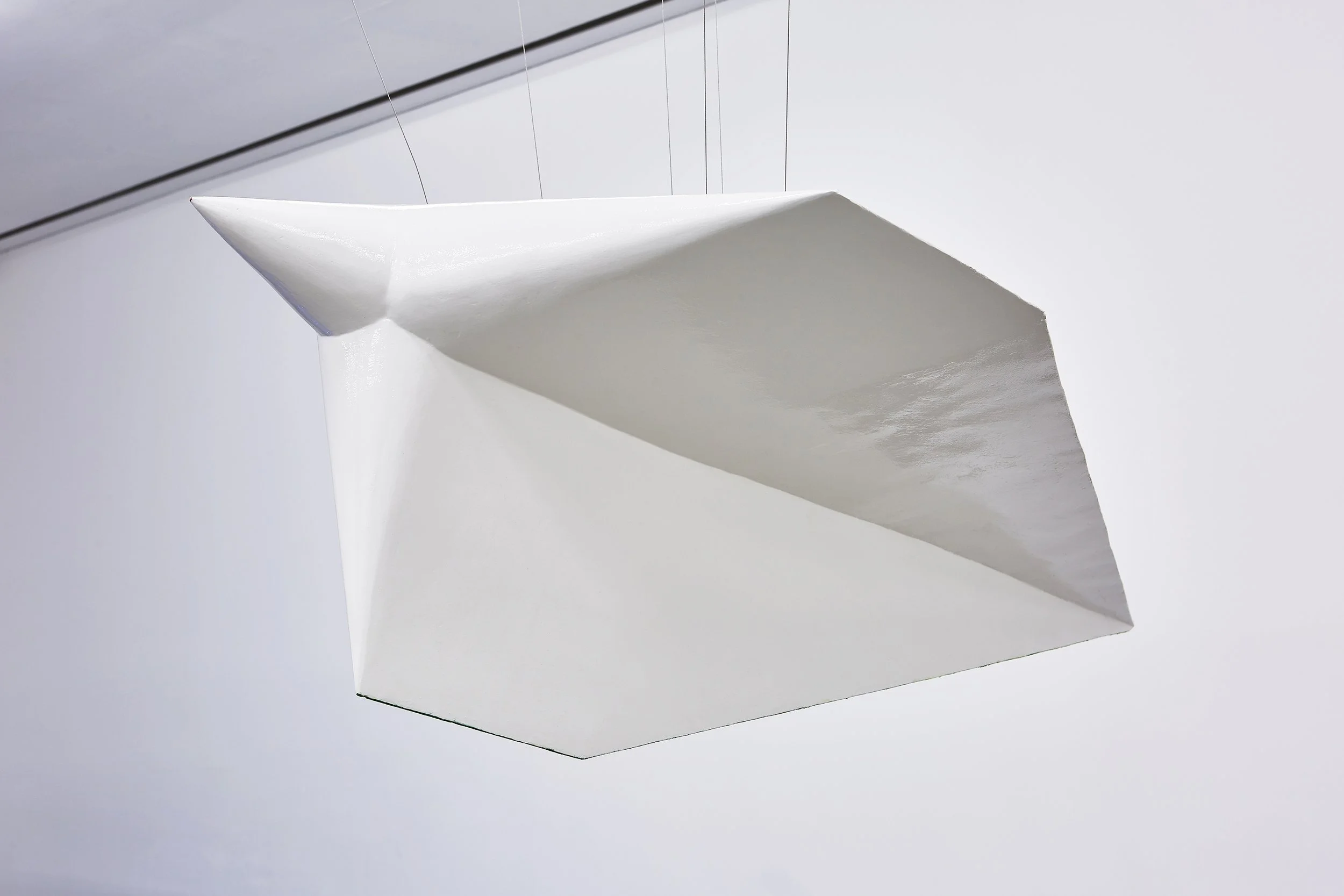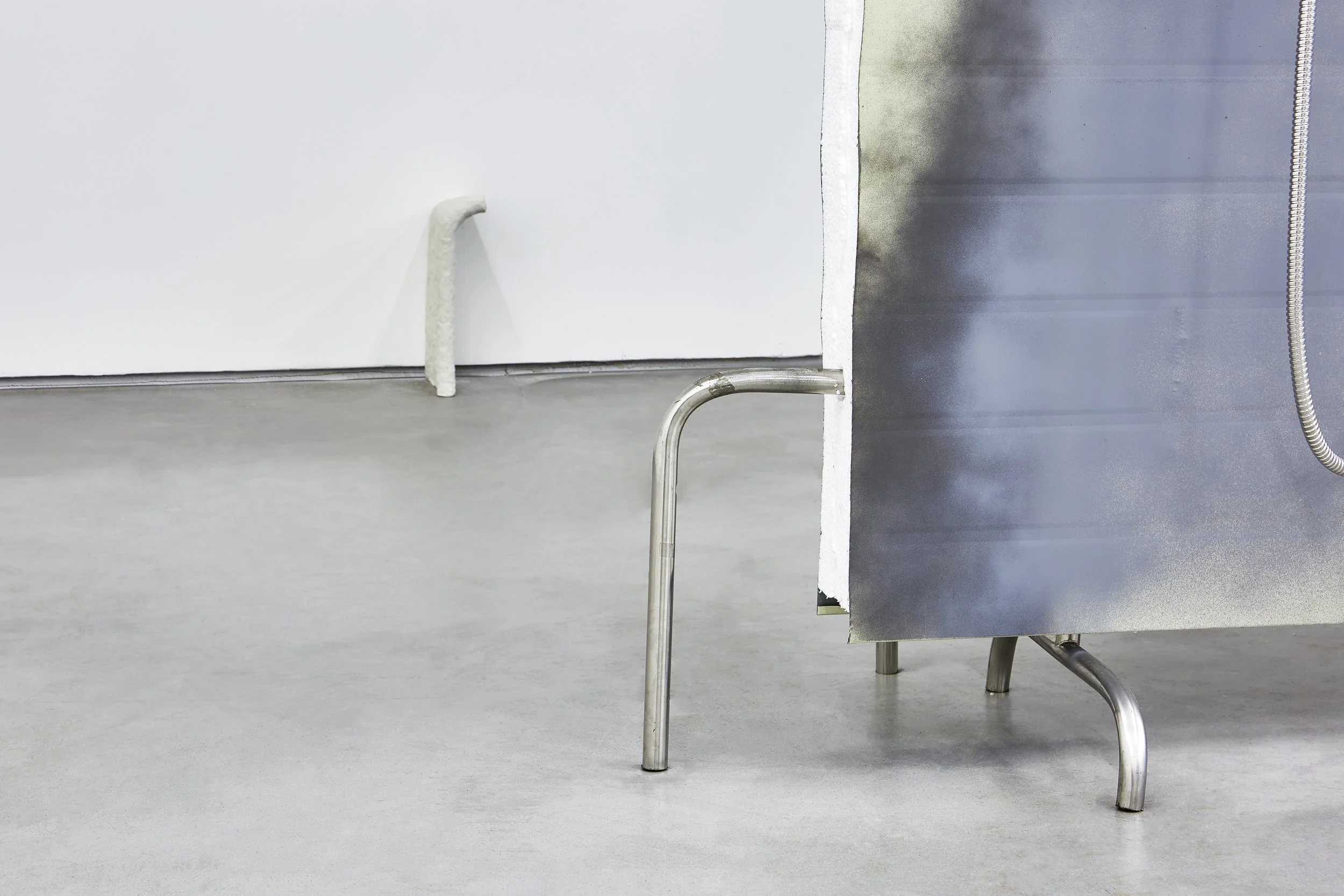YourSearch, On-demand Research Service
유어서치, 내 손 안의 리서치 서비스
Co-curated by Eunsoon Yoo, Jiwon Yu, Jin Lee
유은순, 유지원, 이진 공동 기획
Dahwan Ghim, Woonghyun Kim, Donggeun Lee, Yoonseo Lee, Eugene Jung
김대환, 김웅현, 이동근, 이윤서, 정유진
16 January - 20 February, 2019
Doosan Gallery, Seoul
‘유어서치’는 리서치 과제를 의뢰할 ‘클라이언트’와 관련 정보를 수합, 재구성, 시각화하여 과제를 해결할 ‘서치마스터’를 연결해주는 서비스 플랫폼이다. 누구나 관심 분야와 주로 사용하는 검색 경로 등의 사항을 입력하여 클라이언트로 가입한 뒤 리서치 태스크를 등록하여 서비스를 이용할 수 있다. 주력 분야와 리서치 샘플을 업로드하여 서치마스터로 등록된 이들은 태스크 게시판에서 각 과업의 세부사항을 확인한 후 솔루션과 견적서로 ‘프로포즈’ 할 수 있다. 이 과정에서 유어서치는 자체 데이터베이스와 알고리즘을 통해 태스크에 최적화된 서치마스터에게 ‘푸쉬 알람’을 보내 입찰을 유도하여 매칭의 만족도를 높인다. 매칭이 이루어진 뒤 클라이언트는 결과물을 받아보고 만족도 설문을 작성한다. 동시에 서치마스터는 과제 수행의 소요 시간, 난이도 등을 평가한다. 이용자의 의뢰 및 과제 해결 히스토리, 리서치 결과물의 일부, 그리고 만족도 등의 활동 정보는 동의하에 수집된다. 결과물 공개 비중을 높이고 평가서를 성실히 작성하면 회원 등급이 올라가 그다음 서비스 이용 시 더 적합한 클라이언트나 서치마스터와 매칭될 확률이 높아진다. 일련의 등록 절차만 통과하면 누구든 서치마스터로 활동할 수 있는데, 킥오프를 기점으로 유어서치는 대대적인 광고를 통해 다양한 분야의 서치마스터를 확보하였다. 2019년 1월 16일부터 2월 20일까지 유어서치의 자산인 서치마스터의 리서치 샘플과 함께 서비스를 정식으로 런칭한다.
검색으로 원하는 정보를 찾는 시대는 진작에 지나갔다. 주요 포털 사이트에는 허위·과장 광고에 속지 않으려는 사용자와 검색 엔진 최적화로 콘텐츠의 노출 순위를 높이려는 공급자 간의 조용한 긴장감이 감돈다. 그 와중에 검색 엔진은 자체 알고리즘을 심어 넣거나 사용자 편집 인터페이스를 도입하여 맞춤형 결과를 제공한다고 자부한다. 소셜 네트워크 서비스(SNS)는 계정주의 활동 패턴을 분석하여 이미 보고 듣던 것을 광고와 추천 콘텐츠로 변주하여 피드를 채운다. 쌍방향 커뮤니케이션이 본격화된 ‘웹 2.0 시대’ 이래로 콘텐츠 제공자와 소비자의 뚜렷한 구분은 무의미해졌고, ‘크리에이터’가 연예인 못지않은 유명세를 떨친다. 이러한 상황에서 정보는 더 이상 모르던 것을 알게 되는 일과는 상관없이 접속 중 발생하는 데이터의 상호작용에 가깝다. 그저 정보를 탐색하는 경로가 달라졌을 뿐만 아니라 정보의 규정과 역할, 그리고 이를 활용하는 방식이 전방위적인 변화를 겪고 있는 것이다.
이러한 지각 변동을 견인하는 각종 포털, SNS 및 뉴미디어 ‘플랫폼’은 자본주의 체제의 수익 모델이자 신종 창의 사업(creative industry)의 기본 모듈로 부상하였다. 서비스 제공자와 소비자, 그리고 광고주 간의 거래를 중개하는 서비스 플랫폼은 새로 개발한 재화가 아니라 이용자가 네트워크에서 자발적으로 혹은 부지불식간에 남긴 데이터를 주된 자원으로 삼는다. 인간관계, 이동 경로, 취향 및 소비패턴 등의 데이터를 거래하는 브로커와 다름없는 플랫폼은 가치의 교환을 매개함으로써 정보를 자본화한다. 따라서 오늘날 정보는 새로 창출되거나 취득하는 것이기보다 선별, 취합, 분류, 해석, 시각화의 과정을 통해 재구성되는 것으로 이해되며, 자발적인 행위를 자본화하는 매개체로 작동한다.
두산 큐레이터 워크샵 기획전 ⟪유어서치, 내 손 안의 리서치 서비스⟫는 서두에 제시한 설정을 경유하여 이러한 플랫폼 경제에서 정보의 작동 방식을 적극적으로 끌어온다. 유어서치는 이용자 간의 거래를 매개하고 이들이 남기고 간 개인 정보를 그러모아 자본화하는 전형적인 플랫폼을 직설적으로 재연한다. 전시장은 새로 등장한 리서치 서비스 플랫폼을 대대적으로 홍보하는 일종의 홍보 행사장처럼 연출된다. 참여작가는 리서치 서비스를 제공하는 인력인 ‘서치마스터’로 호명되어 리서치 샘플(작품)을 통해 클라이언트(전시장을 방문한 관객)에게 자신의 개성과 태스크 수행 능력을 증명해 보여야 한다. 정보에 대한 변화된 이해에 걸맞게, 이들의 샘플은 단지 하나의 주제에 대해 축척된 자료를 늘어놓지 않는다. 오히려 마치 작가들이 운영하고 있던 여러 개의 특색 있는 계정 중 하나를 임시로 끌어올려 상황에 적합하게 밀도를 높인 것처럼 보인다. 각자의 개성은 캐릭터의 능력치처럼 미리 설정된 것이 아니라 매번 증명해 보임으로써 비로소 자신의 것이 되는데, 각 이용자의 ‘다름’은 곧 경쟁적 수행의 산물이며, 현대의 개인이 자신의 ‘나다움’을 끊임없이 마이크로매니징해야만하는 현실을 투영한다. 유어서치는 서치마스터를 가장 큰 자산이라 자부하지만 정작 최소한의 안전망도 제공하지 않은 채 미시적이고 지속적인 경쟁으로 내몬다. 한편, 유어서치는 누구나 자신을 적극적으로 마케팅할 자신이 있다면 서치마스터가 될 수 있다는 희망찬 메시지를 전한다. 어제의 클라이언트가 오늘의 서치마스터일 수도, 아니면 그 반대일 수도 있다. 다른 한편, 유어서치는 클라이언트에게 원하는 결과를 쟁취하는 전 과정으로부터 ‘소외’되기보다 태스크 의뢰, 서치마스터 검토 및 채택, 그리고 결과물 평가의 과정을 주도적으로 수행할 것을 장려한다. 클라이언트는 결국 최종 상품의 퀄리티를 검수하고 서치마스터를 평가하는 일까지 도맡게 되는데, 이러한 활동은 플랫폼을 업그레이드하거나 정보 시장에 공급할 때 쓰일 데이터를 창출하는 데 쓰인다.
또한 유어서치는 두산갤러리에 들어오면서 플랫폼 자본주의 시대에 전시를 만드는 일에 대한 고약한 코멘터리가 되기도 한다. 미술계의 업무와 관계는 정보에 대한 갱신된 규정과 이에 따른 관계의 양상을 징후적으로 드러낸다. 기획자의 일은 대체로 특정한 과제를 해결하기 위해 정보를 가공하고, 인력을 배치하며, 프로젝트를 홍보하고, 제한된 자원으로 고효율의 전시를 제작하는 것 등으로 구성된다. 다른 한편, 작가는 작품을 제작하기 위해 주제나 재료에 대한 리서치를 진행하고, 때로는 용역을 받거나 주고, 제안받은 프로젝트와 타협할 정도를 고민하고, 홈페이지에 주기적으로 자신의 포트폴리오를 업데이트한다. 이와 같은 일련의 활동은 협업과 아웃소싱, 커미션과 서비스 의뢰를 왕복하며, 무임금 노동의 영역을 은근히 확장한다. 유어서치는 노골적으로 기업의 홍보방식을 차용하는 한편 기획자를 플랫폼 운영자로, 작가를 플랫폼을 자발적으로 활용하는 이용자로 상정한다. 이로써 ‘판을 짜는’ 혹은 플랫폼을 만드는 기획 모델에 대한 재고를 요청하는 한편 기획자와 작가 사이의 긴장을 가시화한다. 한편, 유어서치는 관객이 잠재적인 클라이언트 혹은 광고주로서 각자의 기준에 따라 전시된 샘플을 꼼꼼하게 살펴보는 능동성을 발휘하기를 기대한다. 미술 제도가 계몽의 임무를 수행해야 한다는 모더니즘 강령이 ‘포스트뮤지엄’ 혹은 대중이 친근하게 다가갈 수 있어야 한다는 규범으로 전환되었다면, 유어서치는 나아가 관객에게 요구되는 적극성이 소비자의 그것과 겹쳐지는 것은 아닌지 질문한다.
불규칙적으로 주어지는 과제에 따라 모이고 흩어지기를 반복하는 개성 있는 개인이 자발성을 화폐 삼아 운용하는 평평한 세계. 그곳에서 우리는 어떻게 각자의 위치를 파악하고 서로 관계 맺을 것인가? 정보가 판촉으로 치환되고 홍보가 담론을 대신하는 피드 사이에서 가치를 생산한다는 것은 무얼 의미하는가? 유사(pseudo) 능동성의 시대에 비평적인 전시 만들기란 어떤 방식으로 가능할 것인가? 이용자의 ‘능동성’ 혹은 ‘자율성’이 오히려 규범으로 부상한 네트워크 환경에서 전시라는 제도는 관객을 어떠한 주체로 상정해야 하는가? 이미 자기 주도적인 행위자들이 프로젝트 단위로 모이고 파하기를 반복해온 미술계는 불안정한 세계에 잘 적응하도록 서로를 응원해왔던 것은 아닐까?
YourSearch is a service platform connecting ‘clients’ seeking to accomplish certain tasks with ‘Search Masters’ who collect, reconfigure and visualize information relevant to possible solutions. Anyone can use the service as a client by registering their research tasks and interests, their most commonly used search engine, etc. Anyone registered as a Search Master, having uploaded their qualifications and research samples, can propose solutions as well as quote prices after evaluating the details of each task uploaded on the task board. YourSearch attempts to boost user satisfaction by sending ‘push alarms’ to an optimized Search Master. Once matched, the client receives their results and submits a review based on their satisfaction. At the same time, the Search Master evaluates the level of difficulty and time required to complete the specific task. The user’s activity information, including details regarding their initial proposals, task solution history, research outcomes and satisfaction levels, can be collected with consent. If users agree to reduce the privacy level of their results and submit an evaluation letter, they become eligible for a membership status upgrade, increasing their probability of matching with more suitable counterparts in the future, whether client or Search Master. Anyone who completes a series of steps during the registration process can work as a Search Master. YourSearch has recruited Search Masters from diverse fields through an extensive promotional campaign. YourSearch launching its service with a presentation of research samples of its most valued assets, the Search Masters. The promotional event will be held from January 16 to February 20, 2019.
The era of hunting for information from a search engine has long passed. Major online portals have become sites of silent tension between users tired of exaggerated or fabricated campaigns and suppliers looking to boost the visibility of their content. Meanwhile, the search engines themselves proudly assert that they provide customized results by implementing original algorithms and allowing users to edit their own interface. Social networking services fill up users’ feeds by analyzing account owners’ activity patterns and converting their already-familiar content into promotions and suggested items. Since the emergence of Web 2.0 which brought about the acceleration of interactive digital communications, the clear divide between content providers and consumers has been rendered meaningless, enabling ‘creators’ to reach celebrity-level recognition. In times such as these, information is more likely to be generated through the interaction between different data rather than the development of new knowledge. Not only have methods of searching changed, the norms and functions governing information and its application therein have also become subject to transition from all sides.
The various search portals, social networking services and new media ‘platforms’ leading this transition have emerged both as basic modules of new creative industries as well as profitable models within the capitalist regime. Instead of producing original information, the service platforms extract and utilize data that has been incidentally or unwittingly stored by users-service providers, consumers, and advertisers-as their primary source of profit. These platforms function as brokers who deal with various data such as relationship status, navigation routes, personal preferences, and spending patterns; they capitalize on such data by negotiating the exchanges of values. Thus today’s information is understood as products reconfigured through a process of selection, accumulation, categorization, interpretation, and visualization, operating as a vehicle for monetizing voluntary activities.
DOOSAN Curator Workshop Exhibition: YourSearch, On-demand Research Service actively adopts the operational structure of the information within the platform economy via the premise proposed in the introduction. YourSearch, acting as a facilitator of transactions among users, straightforwardly emulates platforms that collect users’ personal information to generate profit. The exhibition space is presented as a promotion center endorsing a newly-introduced research service platform. Participating artists are introduced as ‘Search Masters’ who provide research services and are therefore obligated to demonstrate to clients (the audience) their character as well as competence at fulfilling tasks by providing samples (artworks). In line with the altered interpretation of the information, these samples differ from a mere sum total of disparate references regarding a single subject. Rather, they seem to tentatively intensify and put forward one of their multiple working accounts in accordance with the context. Each one's character is not predetermined by a given skill set but is continuously recognized and redefined based on their performance. Here, the ‘differences’ or unique qualities of users result from their competitive performances, subsequently projecting a reality in which individuals are encouraged to incessantly self-manage at the micro level. Despite promoting the Search Masters as their greatest assets, YourSearch pushes them into a trivial yet constant competition without even a minimal safety net. Meanwhile, YourSearch delivers an optimistic message that anyone can become a Search Master if they are confident enough to readily promote themselves; past clients could later become Search Masters, and vice versa. On the other hand, YourSearch encourages its clients to play a leading role in undertaking the entire process of requesting tasks, selecting and reviewing Search Masters and evaluating results, as opposed to remaining isolated from the entire process. As such, clients assume the responsibilities of evaluating the quality of the final product as well as the Search Master, the details of which are thereafter used in building the database to upgrade the service and make profit from the information market.
Furthermore, when brought inside the Doosan Gallery space, YourSearch unfolds an astringent commentary on exhibition making in the age of platform capitalism. The tasks and relations specific to the art industry symptomatically reveal renewed definitions of the information as well as the conditions of such relations. In general, the tasks of a curator consist of gathering information in order to undertake an assignment; delegating and allocating labor; promoting the project; and efficiently producing an exhibition with limited sources. Meanwhile, the artist would conduct research on subjects or materials for the production of artwork; accept or provide part-time jobs; deliberating on the degree of compromise they are willing to make for the proposed projects; and update their online portfolio on a regular basis. As a series of activities oscillates between collaboration and outsourcing, or commissioning and requesting services, the range of unpaid jobs in turn expands without notice. YourSearch, while blatantly borrowing corporate communication methods, considers curators as managers of a platform and artists as users voluntarily interacting within it. In so doing, the project calls for a reassessment of a curatorial model of setting a stage or providing a platform, awaiting spontaneous participation. At the same time, it manifests the anticipated tension between curators and artists. YourSearch impels the viewer, as a potential client or advertiser, to exercise their autonomy in evaluating the exhibited samples according to their own criteria. The modernist doctrine that insists institutions perform their duties to enlighten has been modified to the ‘post-museum’ conditions of publicly accessible institutions. YourSearch further questions whether the initiative expected from the audience, in fact, overlaps with that of consumers.
We live in a flat world where individuals come and go according to irregularly assigned tasks and employ autonomy as currency. Then how should we acknowledge where we stand and connect with others? In the news feed, information is confounded with marketing campaigns and promotion substitutes for discourse; then what would it mean to generate value within the feed? How can we make critical exhibitions in this era of pseudo-initiative? In the networking environment where the user’s ‘initiative’ or ‘autonomy’ has become the new ‘norm’, what sort of subject should the exhibition-as-institution regard the audience? In the field of art, self-starters are perpetually assembled and scattered, along with their projects; perhaps we have been encouraging one another to stay relevant and adapt to the precarious new world.
